Germany neo-Nazi trial: Will Zschaepe finally give answers?
- Published
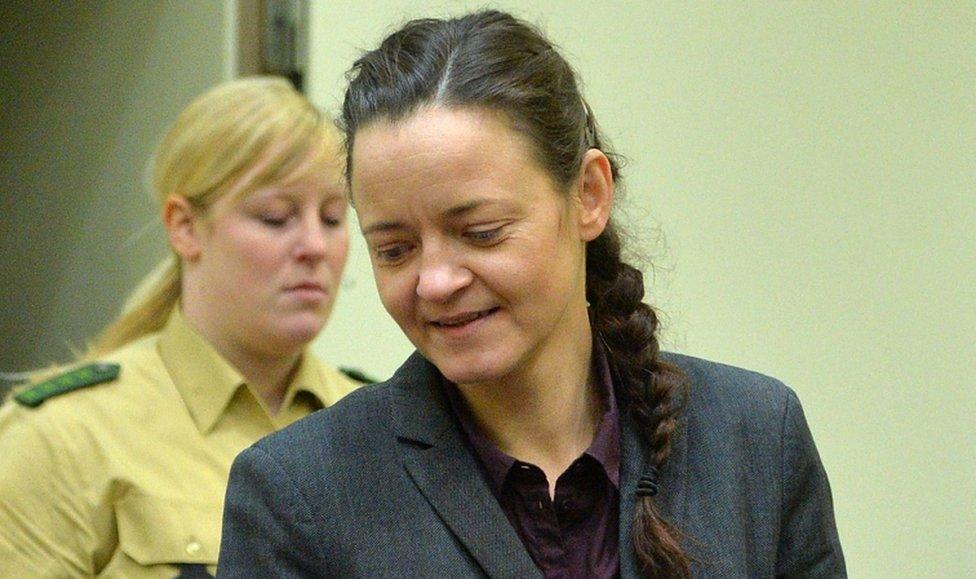
Beate Zschaepe is thought to be the only surviving member of a neo-Nazi cell, the National Socialist Underground (NSU)
Beate Zschaepe has been on trial for more than two years.
She cuts a contemptuous figure in court. At every hearing the petite 40-year-old enters the room, folds her arms and turns her back on the television cameras.
She is usually flanked by her lawyers with whom she has a fractious relationship; she has tried to fire three of them and they have - unsuccessfully - asked the court to release them from their duties.
Since the trial began Ms Zschaepe has never once broken her silence in court.
Which is why there is such interest here in the statement which she is due to give - albeit via one of her legal team - on Wednesday.
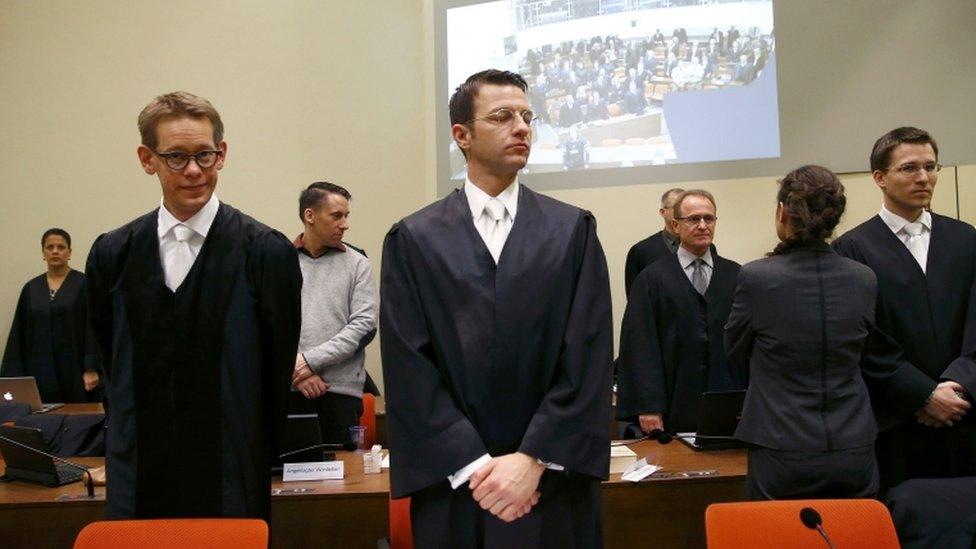
Lawyers for Beate Zschaepe, who stands to the right with her back turned to television cameras, have asked to be relieved of their duties
Ms Zschaepe is thought to be the only surviving member of a neo-Nazi cell, the National Socialist Underground (NSU), which operated for more than a decade.
The NSU carried out racially motivated attacks; they killed 10 people between 2000 and 2007, and perpetrated two bombings and 15 bank robberies.
Eight of their victims were of Turkish descent. One man was Greek - it is thought the group may have mistaken him for a Turk.
The other victim was a German policewoman. No-one knows why she was targeted. No-one except, perhaps, Beate Zschaepe.
This police video shows alleged neo-Nazi Beate Zschaepe in an identity parade.
There are other unanswered questions too. What did the group hope to achieve?
The two other members of the cell were found dead, having apparently committed suicide after a bank robbery, just before Ms Zschaepe turned herself in.
She had been romantically involved with both Uwe Boehnhardt and Uwe Mundlos and had lived with the pair in a flat in Zwickau in the east of Germany.
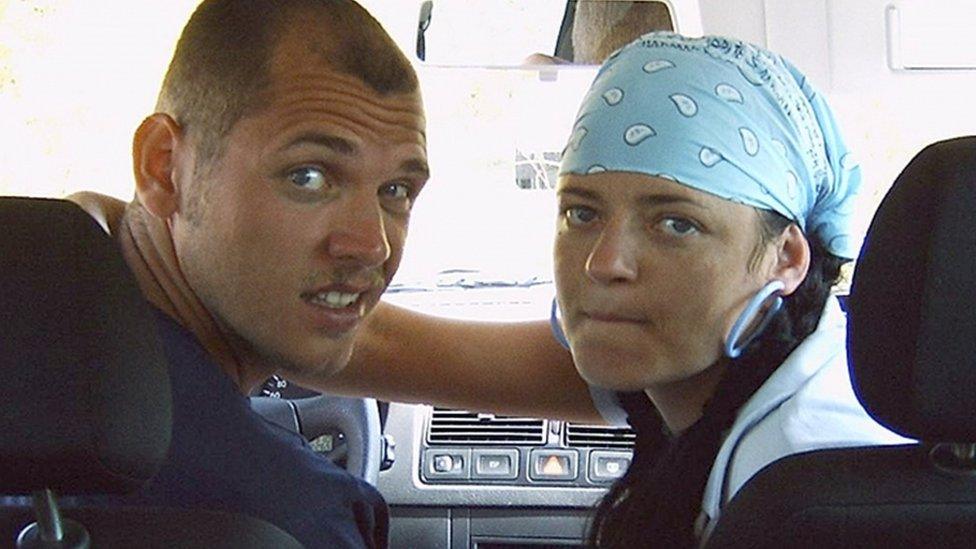
Uwe Boehnhardt (left) and Beate Zschaepe are seen here in an undated photo
Ms Zschaepe is accused of setting fire to the apartment just before she handed herself in to police.
Police prejudice
The crimes shocked Germany. But so too, in retrospect, did the response of the authorities who critics say turned a blind eye to the presence of the far right.
The NSU cell went undetected for more than 10 years.
Police initially blamed the killings on the Turkish mafia. Relatives of some victims were suspected and interrogated.
Afterwards, a parliamentary inquiry blamed prejudice and a failure to confront the threat represented by Germany's extreme right.

Timeline of killings
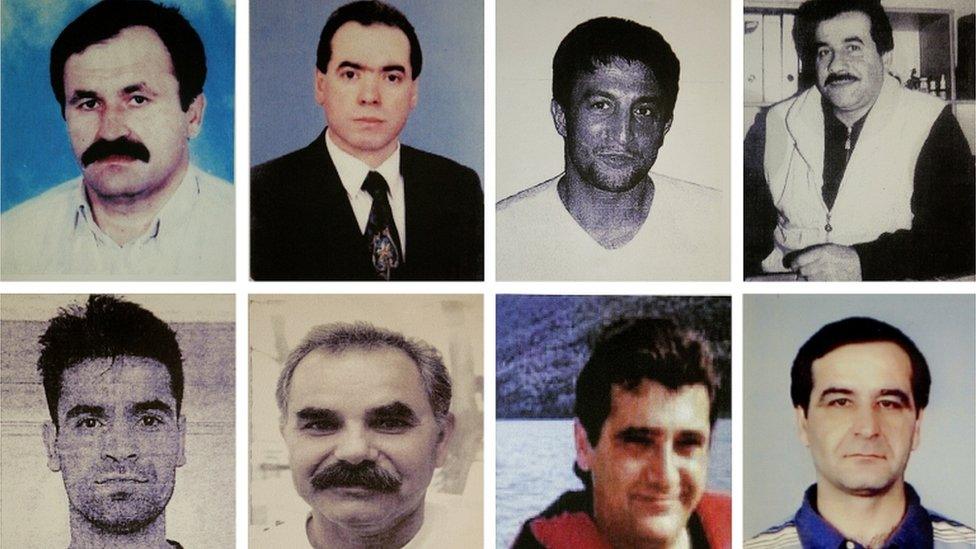
Eight of the 10 people the NSU is accused of killing
2000: Enver Simsek shot in Nuremberg
2001: Abdurrahim Ozudogru shot in Nuremberg, Suleyman Taskopru shot in Hamburg, Habil Kılıc shot in Munich
2004: Mehmet Turgut shot in Rostock
2005: Ismail Yasar shot in Nuremberg, Theodoros Boulgarides shot in Munich
2006: Mehmet Kubasık shot in Dortmund, Halit Yozgat shot in Kassel
2007: Michele Kiesewetter shot in Heilbronn

Today Germany's neo-Nazi scene still causes concern.
There are fears of a right-wing resurgence as the country adapts to hundreds of thousands of refugees entering the country.
This trial - and the woman around whom it centres - are being closely watched.
- Published6 May 2013
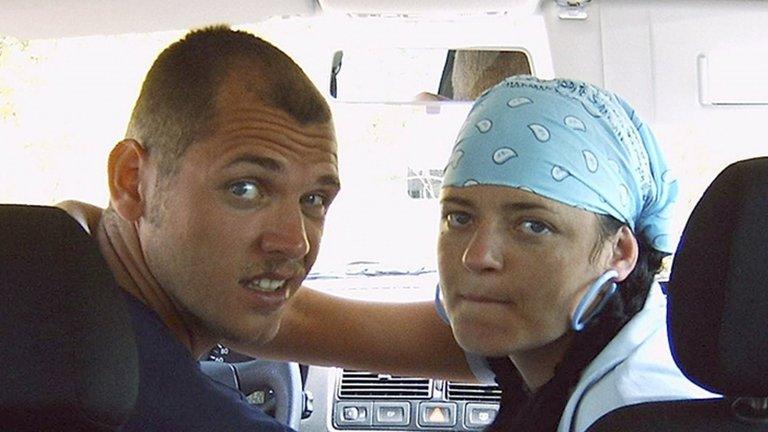
- Published27 March 2012

- Published14 August 2015
